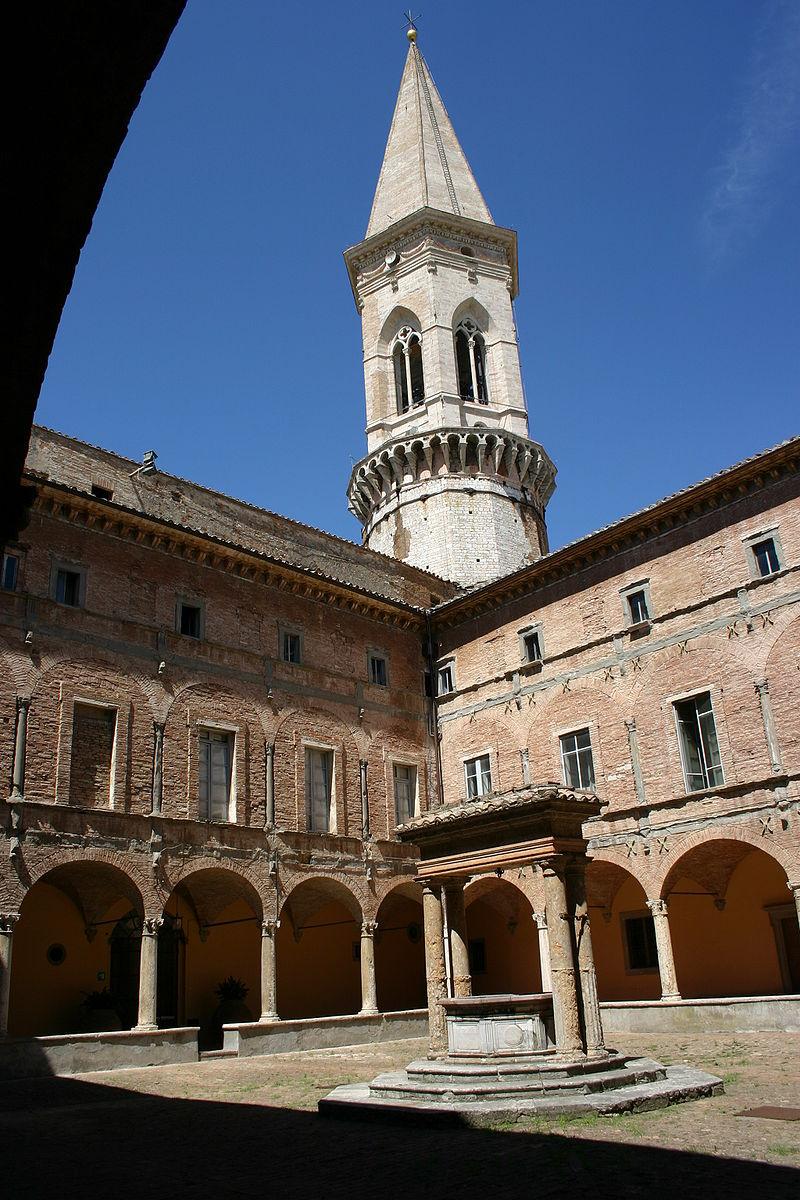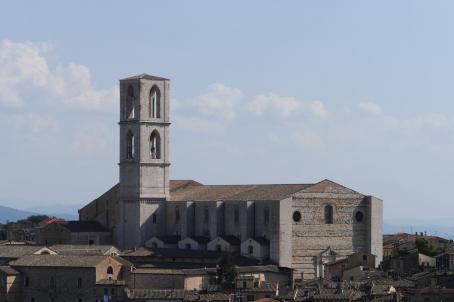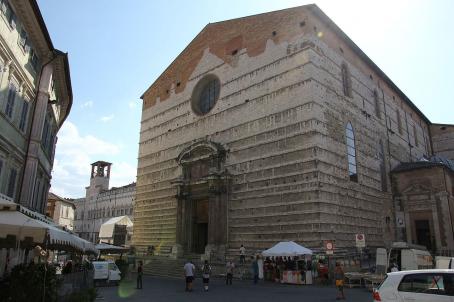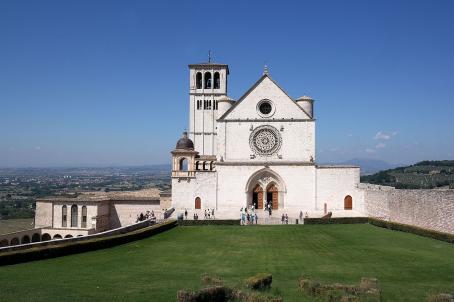Basilica of San Pietro

The Basilica of San Pietro was built around 996 as an abbey church. In 1398 the abbey was burnt down by the inhabitants of Perugia, who accused Abbot Francesco Guidalotti of conspiracy. In 1591 a thirty-year reconstruction campaign began, led by Valentino Martell, which gave the complex its present style. The abbey was temporarily abolished by the French in 1799, and definitively abolished in 1890 to make way for an "Institute of Agricultural Education", today the Department of Agricultural, Food and Environmental Sciences of the University of Perugia.





